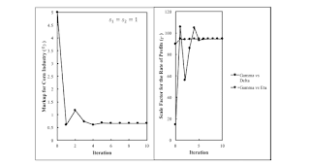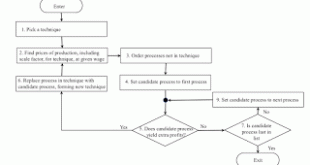Figure 1: Convergence of Newton Method This post steps through an algorithm for finding a fluke switch point. I used a different example when I tried to explain this before. Today, I use an example building on my draft ROPE Article. Consider Figure 3 in this post, repeated below as Figure 2. Let s1 = s2 = 1. I want to find s3, the markup in the corn industry, such that the wage curves for Gamma, Delta, Eta, and Theta intersect at a single switch point. One wants to find a function one of...
Read More »Direct And Indirect Methods, Axioms And Algorithms For The Choice Of The Technique
1.0 Introduction Kurz and Salvadori (1995) explain prices of production with two methods of analysis: the direct method and the indirect method. The indirect method, for the circular capital case, involves the creation of the wage frontier, the most well-known diagram to come out of Sraffa (1960). The direct method characterizes a system of prices of production by axioms, while the indirect method suggests algorithms for finding cost-minimizing techniques. 2.0 The Direct Method In both...
Read More »How To Find Fluke Switch Points
Figure 1: Convergence to a Pattern of Switch Points over the Axis for the Rate of Profits1.0 Introduction This post illustrates how to find fluke switch points. As usual, I proceed by example, in this case, as taken from my paper in Structural Change and Economic Dynamics. 2.0 Technoplogy In this example of a capitalist economy, two commodities, iron and corn, are produced. One process is known for producing iron. In the iron industry, workers use inputs of iron and corn to produce an...
Read More »A Market Algorithm
Figure 1: Specification of a Market Algorithm1.0 Introduction This article is heavily based on Bidard (2004). An approach to the analysis of the choice of technique, in keeping with construction of the outer envelope of wage curves, is to consider replacing processes, more or less, one at a time. This post presents this approach as following an algorithm. Assume that a set of techniques exist where all techniques are at least viable, indecomposable, and produce the same set of...
Read More »Reversing Figure And Ground In Life-Like Celluar Automata
Figure 1: Random Patterns in Life and Flip Life1.0 Introduction I have occasionally posted about automata. A discussion with a colleague about Stephen Wolfram's A New Kind of Science reminded me that I had started this post some time last year. This post has nothing to do with economics, albeit it does illustrate emergent behavior. And I have figures that are an eye test. I am subjectively original. But I assume somebody else has done this - that I am not objectively original. This...
Read More » Heterodox
Heterodox




